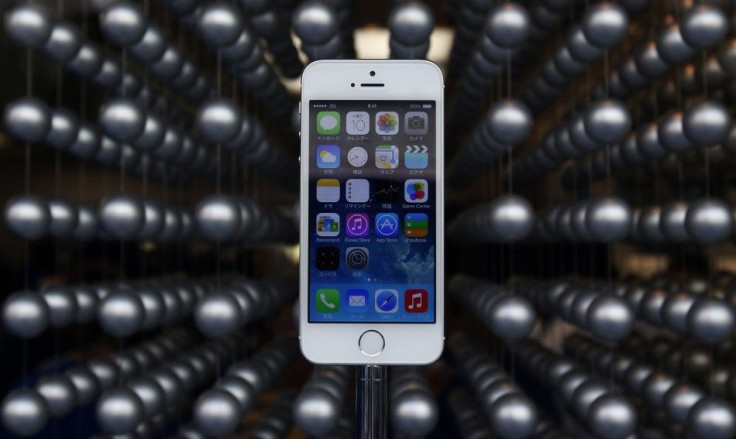Apple iPhone 6 Release Date Moved to Q4 With Three More Colors, Wireless Charging and Other Killer Features

Production issues on the 5.5-inch version of the iPhone 6 may push the release date of the flagship to a later period. According to a Ming-Chi Kuo, the phablet version of the iPhone 6 may come out in 2015 if production issues cannot be solved.
Apple's release of the iPhone 6 remains crucial to different parts of the tech sector. Any changes in the release can also mean a shift in the performance of the company and other competitors. A perfectly timed release can mean incremental sales for the tech giant while delays can mean more opportunities for other players like Samsung and HTC. It appears that issues with the color unevenness of the screen and in-cell touchscreen panel will force Apple to move its release date especially for the larger iPhone. Apple Insider quotes Kuo: "These problems will likely be even more complicated with a larger size."
There may still be hope of seeing the device if Apple can find something around the issue. Kuo doubts that the front panel can pass the drop test near term easily. The analyst did say that the 2015 is the "most conservative scenario" still opening hopes for a Q4 release this year.
Even with production issues, something people can look forward to is the new color options. According to Letem svetem Applem, the leak showing power and volume flex cables along with three SIM card trays suggest that people can choose from three iPhone 6 colors. The color options include space gray, gold and silver.
According to a recent iPhone 6 concept by designer Vishal Bhaunushali (via Cult of Mac), Apple may introduce an iPhone 6 with wireless charging capabilities. This will be possible through the use of a Smart iView cover. The device can charge its power source when placed near aluminum, Apple-branded puck according to Cult of Mac. The setup will work with standard wireless charging solutions available currently.
Business Insider also reported about the company's plan to include tactile/haptic feedback on the device. This will allow users to differentiate apps and access points based on vibrations emitted by the phone.




















